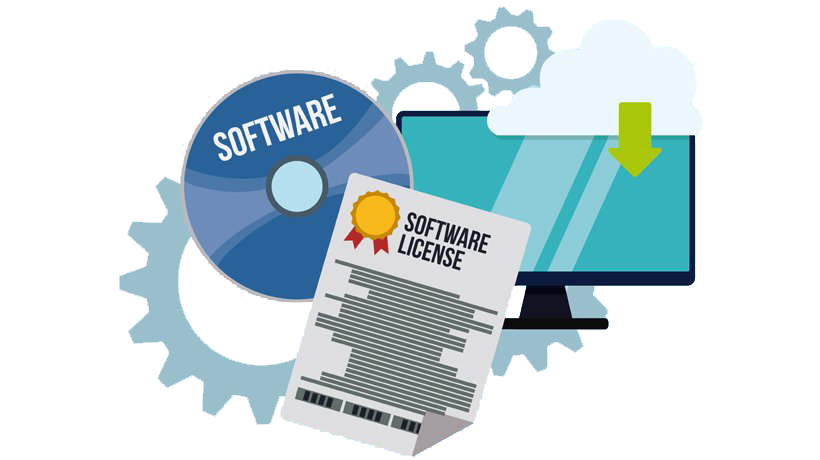CAD Software Licensing: Perpetual vs. SaaS
Apr 13, 2018 |

When selecting your next design system, it is crucial to understand its cost of ownership and how the cost and features are tightly knitted together. However, many overlook how their CAD software licensing model plays a role in this calculation. Understanding how different CAD software licensing models impact your cost of ownership and, even more critically, how they impact your overall business procedures and policies, is vital to your success.
Today there is a trend for most CAD companies to provide their solutions via a “SaaS” or “Software as a Service” license. Despite the apparent flexibility of a month-by-month plan, this model is actually quite rigid . A perpetual license, on the other hand, offers many more options for customization, making it more of a flexible licensing option that responds to the needs of the client versus servicing the provider.
IronCAD favors a perpetual CAD software licensing model for just this reason — it allows us to cater to specific client needs.
Let’s compare perpetual CAD software licensing vs. SaaS, though, so that you can understand fully all the aspects of CAD software ownership and how it relates not just to how you design, but how the licensing model you choose can be a critical component for your entire business practice.
What Is a Perpetual License?
A perpetual license is the “traditional” model used to purchase CAD software. You pay for your software license up front (or with payment options) and have the right to use it indefinitely.
These licenses are typically assigned to a user’s computer (Named User), a piece of hardware hardware (dongle), or a network accessed by users on the network. On top of the license fee, you will have the option to pay for one-off implementation services and a support/product upgrade contract, which renews annually.
What Is a SaaS or Subscription-based License?
With a subscription CAD software licensing model, you pay a per-user fee, either monthly or annually, which allows you to use the software during the subscription term. Rather than owning the software, you lease it.
The subscription payment includes your software licenses, access to support services, and new versions of the software as they are released. Typically, subscription-based CAD software licensing is cloud based.
Pros |
Cons |
| Perpetual
– Less cost of ownership over time – Licenses are portable – Will operate indefinitely – No late payment reprisals – Physical possession of CAD data |
Perpetual
– Technical support/upgrades are separate purchases – Updates installed by end user/administrator – Typically requires a mid-to-high-level PC
|
| SaaS
– Lower initial cost – Cloud-based allows transient access – Stays current with updates – Includes technical support |
SaaS
– Higher cost of ownership over time – Typically relies on Internet connection and speed – If you miss a monthly payment, it ceases to operate – Fees can change at any time – For Cloud-CAD, data is stored in the cloud and not in your physical possession. This can put your intellectual property at risk, not to mention limit your access to your data, if needed. – Updates are automatically installed even if not fully tested in your working environment and processes. |
Why IronCAD Favors a Perpetual CAD Software Licensing Model
IronCAD is one of the few CAD developers that still believes in providing customers the best options for their unique business needs. That’s why we will always continue to provide the safety and security of a perpetual CAD software licensing model. This not only gives us the flexibility to address our clients’ needs, it also means we can work with clients to scale or adjust their licensing models as their business requirements change.
Ultimately, the choice is yours and IronCAD is here to help deliver the system that is best tailored to your needs. To discuss the various options our perpetual CAD software licensing model supports, please contact IronCAD or one of our certified resellers in your area for more details.
